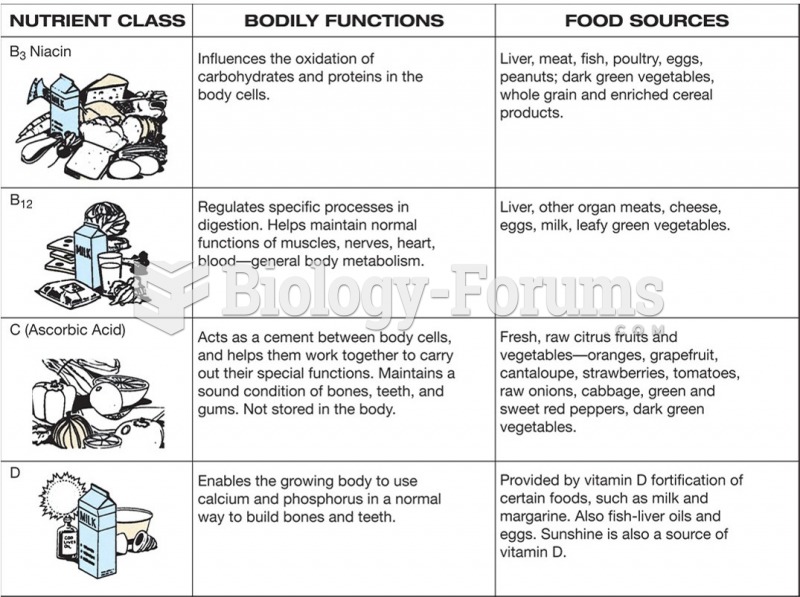Answer to Question 1
Mrs. Clarke's current diet is adequate and varied.
She does consume foods that may increase gas production such as asparagus, lentils, and kidney beans.
She does identify eating foods from the FODMAP list often, which may increase fermentation and contribute to her symptoms of IBS. FODMAP foods Mrs. Clarke eats include:
1) Asparagus
2) Lentils
3) Kidney beans
4) Milk
5) Sugary foods such as cookies cake, ice cream, etc.
6) Peaches, dried fruits
7) Sugar-free candies which may contain sugar alcohols
. Her snack foods are usually high in fat, which may also contribute to IBS, although it seems that the patient is working toward change. These foods high in fat may be contributing to elevated cholesterol and triglyceride levels as well.
Patient seems to be exceeding caloric needs for weight loss, although calorie consumption is hard to compare to needs since portions of her diet recall were not given.
Patient seems to be consuming adequate protein based on meat and legume consumption from dietary recall.
Patient consumes quite a bit of sugar alcohols which may be contributing to symptoms.
Answer to Question 2
Propofol is a lipid-soluble, short-acting IV hypnotic/sedative that is administered continuously to provide sedation in mechanically ventilated patients. It has a similar composition to a 10 lipid emulsion that provides 1.1 kcal/mL from fat. The calories provided by this sedative may be ignored by the medical team, but the amount of propofol administered to patients can be substantial and therefore can provide a lot of calories. If these calories are not accounted for with the patient's nutrition support, it can result in overfeeding. Thus, these calories provided from propofol should be part of the total energy intake in mechanically ventilated ICU patients. Mr. Perez received an additional 924 kilocalories from propofol, which is about 25 of his needs according to his metabolic cart on day 4 . Because this medication is providing a large amount of energy, it is important to monitor its delivery and adjust the nutrition support according to clinical course as appropriate.







